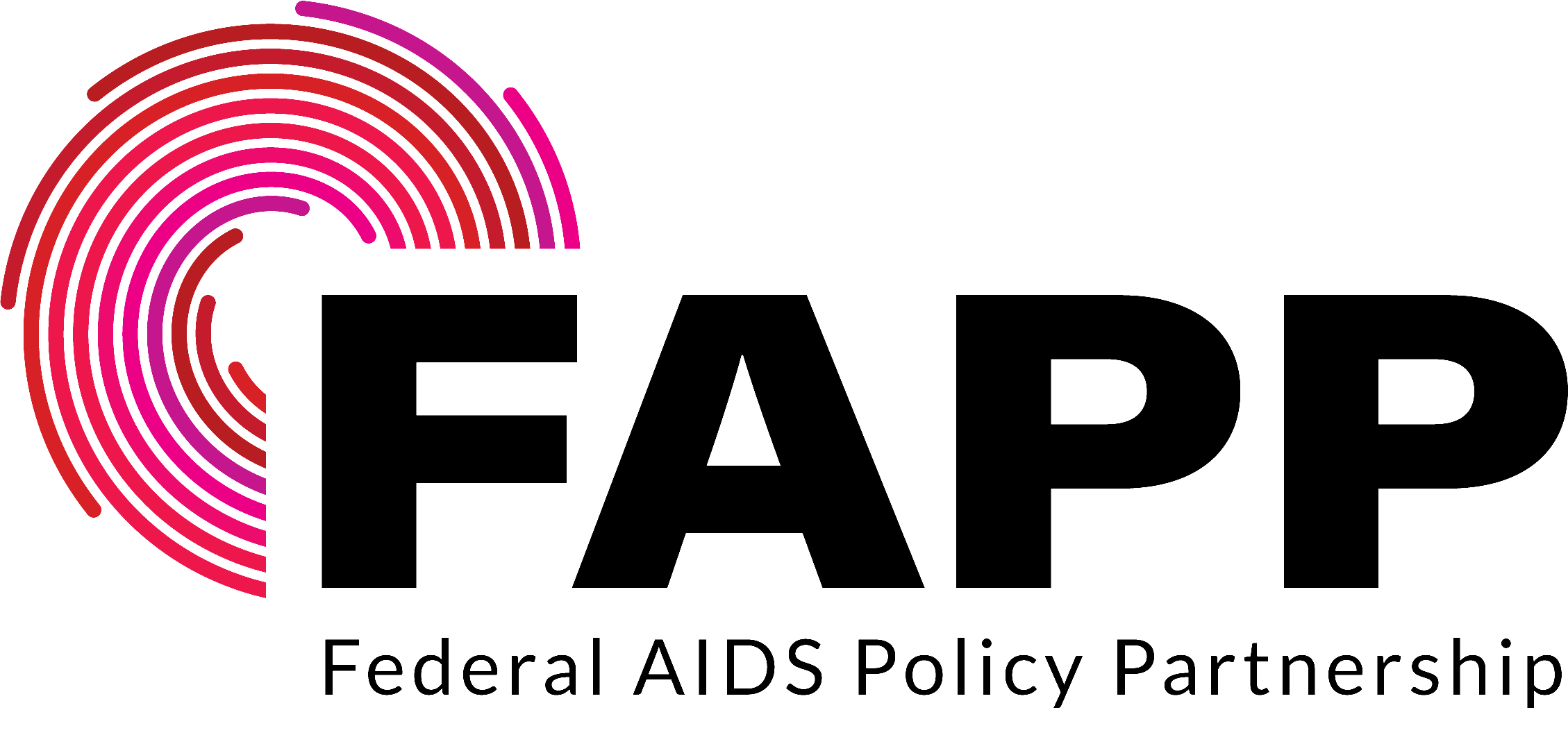Housing
Housing is a powerful and cost-effective way to improve HIV health outcomes and prevent new infections. Homelessness and unstable housing undermine HIV treatment. For people living with HIV, research shows that lack of stable housing is strongly liked to inadequate HIV health care, high viral load, poor health status, avoidable hospitalizations and emergency room visits, and early death. Housing instability also increases the risk of new infections. People with HIV who are coping with homelessness are significantly more likely to have a detectible HIV viral load, which increases the risk of transmitting the virus to others. Housing assistance works to improve health and reduce HIV transmission. Recent studies found that homeless persons with HIV randomized to receive an immediate housing placement were twice as likely as control group members who remained homeless to have an undetectable viral load after twelve months, and that placement in supportive housing reduced AIDS mortality among homeless persons by 80% over five years. Housing assistance is cost-effective HIV prevention and healthcare. By improving the health of people with HIV, housing assistance dramatically reduces the use of expensive emergency and in-patient services, generating “savings” in public health care spending that offset the cost of the housing—in one case reducing annual taxpayer costs by $7,000 per person housed.
HOPWA, the highly effective federal Housing Opportunities for Persons With AIDS program, meets only a fraction of need, serving about 53,000 while AIDS housing providers project that half the 1.1 million people living with HIV/AIDS will need some form of housing assistance during the course of their illness.
An evidence-based HIV/AIDS housing policy is needed to make safe, affordable housing available to all people living with HIV; make housing assistance a top HIV prevention priority; and monitor housing status as an indicator of HIV treatment effectiveness.
